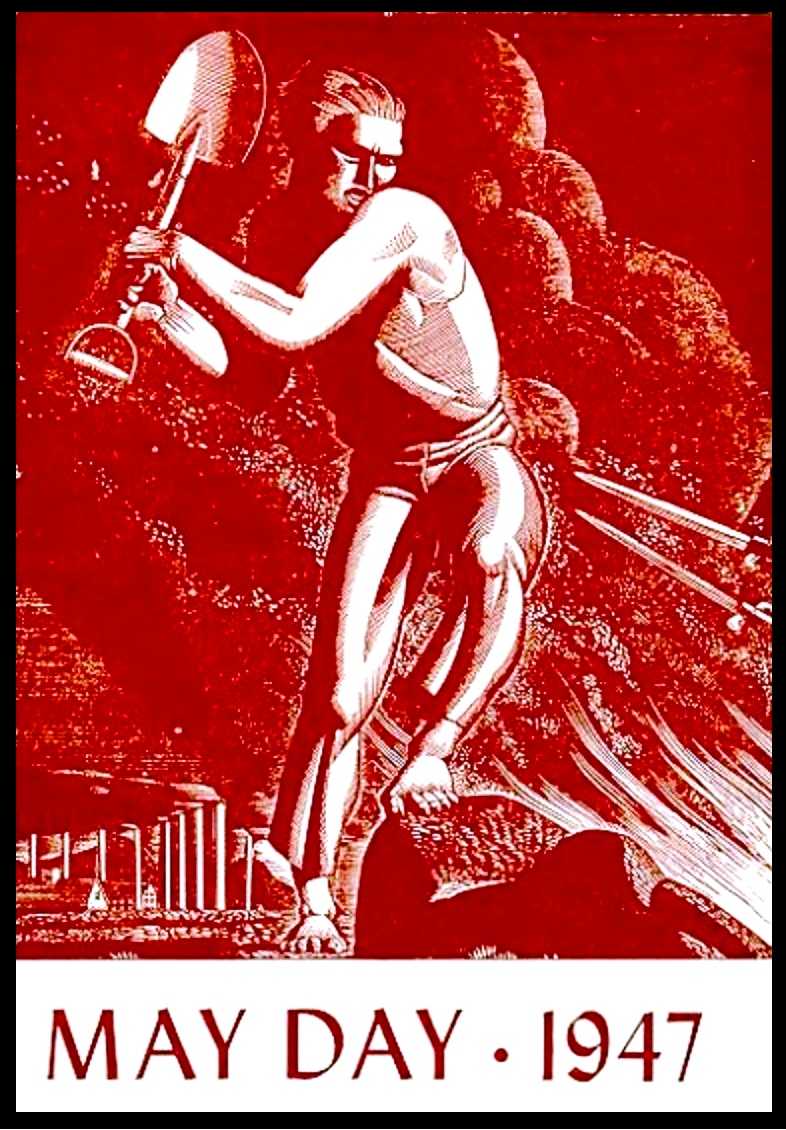MAY DAY, the International Labor Day, It’s origin
International Workers' Day is the commemoration of the 1886 Haymarket affair in Chicago. The police were trying to disperse a public assembly during a general strike for the eight-hour workday, when an unidentified person threw a bomb at them. The police reacted by firing on the workers, killing dozens of demonstrators and several of their own officers. "Reliable witnesses testified that all the pistol flashes came from the center of the street, where the police were standing, and none from the crowd. Moreover, initial newspaper reports made no mention of firing by civilians. A telegraph pole at the scene was filled with bullet holes, all coming from the direction of the police.
In 1889, the first congress of the Second International, meeting in Paris for the centennial of the French Revolutionand the Exposition Universelle, following a proposal by Raymond Lavigne, called for international demonstrations on the 1890 anniversary of the Chicago protests. May Day was formally recognized as an annual event at the International's second congress in 1891.
In many countries, the working classes sought to make May Day an official holiday, and their efforts largely succeeded. May Day has long been a focal point for demonstrations by various socialist, communist and anarchist groups. In some circles, bonfires are lit in commemoration of the Haymarket martyrs, usually at dawn.
In 1955, the Catholic Church dedicated May 1 to "Saint Joseph The Worker". The Catholic Church considers Saint Joseph the patron saint of (among others) workers and craftsmen.
Far-right governments have traditionally sought to repress the message behind International Workers' Day, with fascist governments in Portugal, Italy, Germany and Spain abolishing the workers' holiday. 1 May in the US is celebrated as Loyalty Day.
In the Philippines, May 1 is known as Labor Day and is considered a
public holiday. Labor unions and organizations hold mass protests in major
cities, while schoolchildren have no classes as it is part of the local summer
holiday.
On May 1, 1903, the Union Obrera Democratica Filipina (Filipino Democratic Labor Union) held
a massive rally in front of the Malacañan Palacedemanding workers' economic rights, and the
granting Philippine independence. Ten years later, the first official
celebration was celebrated on May 1, 1913 when 36 labor unions convened in Manila.
During the Presidency of Gloria Macapagal-Arroyo, the
holiday economics policy was followed, where holidays were moved to weekends to
give workers a longer vacation. This was applied on Labor Day in 2002, which
caused the holiday to be held on April 29; this was protested by labor groups,
as they accused the Arroyo administration of belittling the holiday. By 2008, Labor Day was excluded in the
holiday economics policy, returning the commemorations every May 1, no matter
what day of the week it falls under.
###


No comments:
Post a Comment